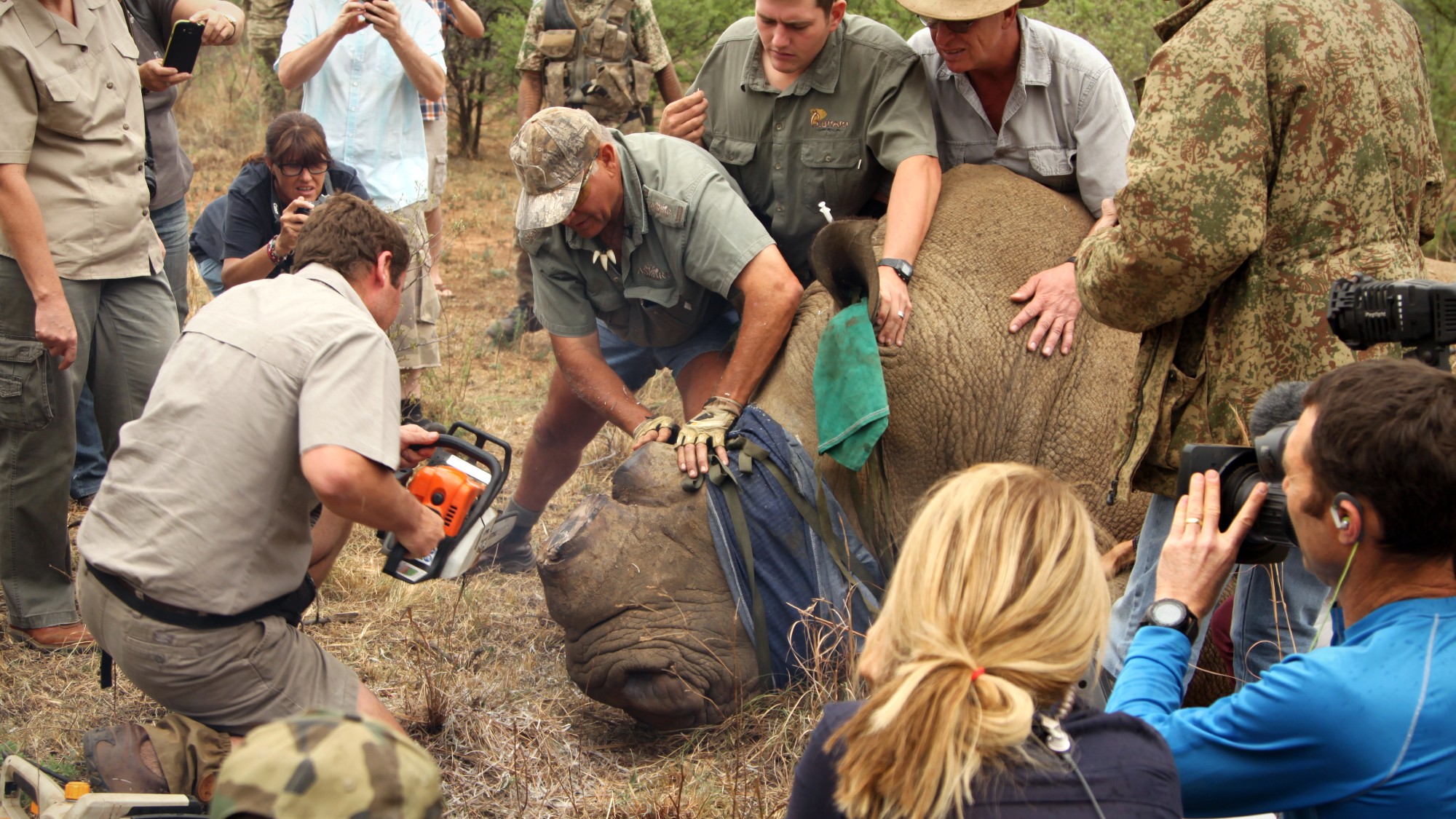NASA wants to show you the best fireworks display in the universe


Somewhere in the deepest reaches of space, aliens are chanting "USA! USA! USA!"
OK, that might be a stretch. But 23 million light years away, in a galaxy known as NGC 4258, there is a fireworks display so impressive it might just blow away the space-time continuum.
"Rather than paper, powder, and fire," NASA says, "this galactic light show involves a giant black hole, shock waves, and vast reservoirs of gas." So why is that so spectacular? NASA says:
The Week
Escape your echo chamber. Get the facts behind the news, plus analysis from multiple perspectives.

Sign up for The Week's Free Newsletters
From our morning news briefing to a weekly Good News Newsletter, get the best of The Week delivered directly to your inbox.
From our morning news briefing to a weekly Good News Newsletter, get the best of The Week delivered directly to your inbox.
[S]hock waves, similar to sonic booms from supersonic planes, are heating large amounts of gas — equivalent to about 10 million suns. What is generating these shock waves? Researchers think that the supermassive black hole at the center of NGC 4258 is producing powerful jets of high-energy particles. These jets strike the disk of the galaxy and generate shock waves. These shock waves, in turn, heat the gas — composed mainly of hydrogen molecules — to thousands of degrees. [NASA]
You can check out all the spectacular photos at NASA.gov, but here's a teaser:
A free daily email with the biggest news stories of the day – and the best features from TheWeek.com
Nico Lauricella was editor-in-chief at TheWeek.com. He was formerly the site's deputy editor and an editor at The Huffington Post.
-
 Who were the ‘weekend snipers’ of Sarajevo?
Who were the ‘weekend snipers’ of Sarajevo?Under the Radar Italian authorities launch investigation into allegations far-right gun enthusiasts paid to travel to Bosnian capital and shoot civilians ‘for fun’ during the four-year siege
-
 A free speech debate is raging over sign language at the White House
A free speech debate is raging over sign language at the White HouseTalking Points The administration has been accused of excluding deaf Americans from press briefings
-
 Glinda vs. Elphaba, Jennifer Lawrence vs. postpartum depression and wilderness vs. progress in November movies
Glinda vs. Elphaba, Jennifer Lawrence vs. postpartum depression and wilderness vs. progress in November moviesthe week recommends This month’s new releases include ‘Wicked: For Good,’ ‘Die My Love’ and ‘Train Dreams’
-
 Dinosaurs were thriving before asteroid, study finds
Dinosaurs were thriving before asteroid, study findsSpeed Read The dinosaurs would not have gone extinct if not for the asteroid
-
 SpaceX breaks Starship losing streak in 10th test
SpaceX breaks Starship losing streak in 10th testspeed read The Starship rocket's test flight was largely successful, deploying eight dummy satellites during its hour in space
-
 Rabbits with 'horns' sighted across Colorado
Rabbits with 'horns' sighted across Coloradospeed read These creatures are infected with the 'mostly harmless' Shope papilloma virus
-
 Lithium shows promise in Alzheimer's study
Lithium shows promise in Alzheimer's studySpeed Read Potential new treatments could use small amounts of the common metal
-
 Scientists discover cause of massive sea star die-off
Scientists discover cause of massive sea star die-offSpeed Read A bacteria related to cholera has been found responsible for the deaths of more than 5 billion sea stars
-
 'Thriving' ecosystem found 30,000 feet undersea
'Thriving' ecosystem found 30,000 feet underseaSpeed Read Researchers discovered communities of creatures living in frigid, pitch-black waters under high pressure
-
 New York plans first nuclear plant in 36 years
New York plans first nuclear plant in 36 yearsSpeed Read The plant, to be constructed somewhere in upstate New York, will produce enough energy to power a million homes
-
 Dehorning rhinos sharply cuts poaching, study finds
Dehorning rhinos sharply cuts poaching, study findsSpeed Read The painless procedure may be an effective way to reduce the widespread poaching of rhinoceroses
